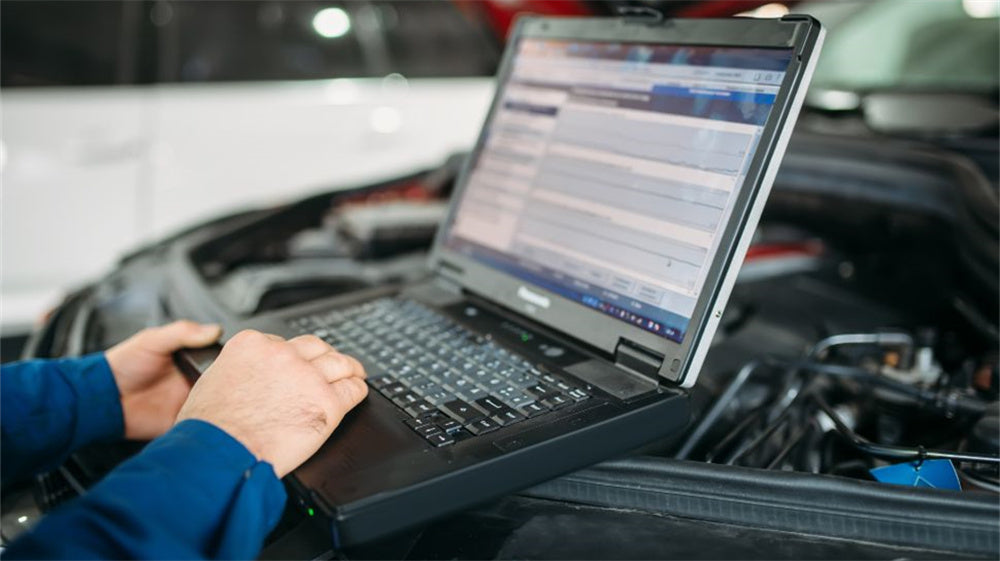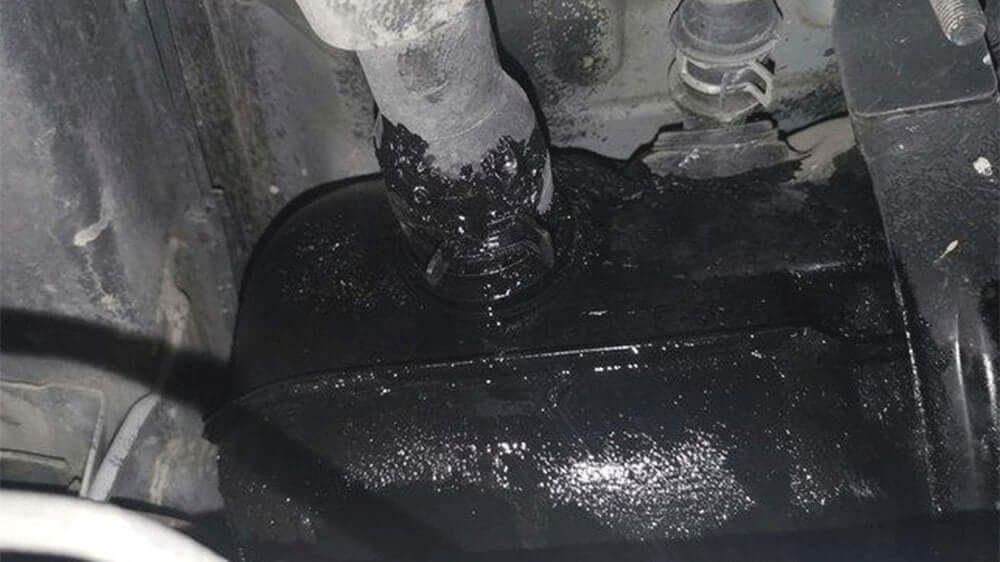
Why does the vehicle's check engine light keep coming on?
The check engine light is also known as the engine emissions monitoring light. When this light comes on, it can be considered from two aspects:
1.The failure of the catalytic converter leads to emissions not meeting standards.
2.Even if the catalytic converter is functioning normally, if the emissions data exceed the standard values stored in the engine computer, and the engine computer cannot adjust it back to normal, the malfunction light will come on.
In the case of a functioning catalytic converter, which components could still cause emissions to be out of standard and trigger the engine malfunction light? The first component that comes to mind is the oxygen sensor. Of course, besides the oxygen sensor, there are many other indirect factors that can affect this, such as:
1.Poor quality of fuel.
2.Severe knocking that cannot be adjusted to normal levels.
3.Severe cylinder misfire.
4.Faulty air flow meter.
5.Faulty water temperature sensor.
Let's explain these influencing factors one by one:

1.Oxygen Sensor :
The oxygen sensor is the only component that monitors the air-fuel ratio. If it fails, the engine computer will be unable to obtain accurate data for real-time air-fuel rati o adjustment, resulting in either too lean or too rich a mixture, and thus the engine malfunction light will illuminate. However, sometimes the issue may not be with the oxygen sensor itself but could be due to wiring problems, loose connectors, etc., so these details should not be overlooked.
2.Poor Fuel Quality :
Poor gasoline quality (e.g., high impurities, high gum content, high sulfur content) can cause incomplete combustion of the mixture in the cylinder, leading to excessive carbon buildup. It also risks clogging the fuel system and corroding components (e.g., fuel pump). This directly affects the concentration of the normal mixture and may lead to the engine malfunction light coming on, often accompanied by engine shaking.
 3.Knocking :
3.Knocking :
4.Cylinder Misfire :
Light cylinder misfire can cause engine shaking, while severe misfire can lead to increased fuel consumption, black smoke, poor acceleration, significant shaking, increased engine noise, and sometimes even engine stalling, all of which can trigger the engine malfunction light. Common causes of cylinder misfire include issues with the ignition system and fuel supply system. Typical problems might be decreased performance of the spark plugs (e.g., wide gaps, severe carbon buildup), abnormal ignition coils (e.g., loose connectors, damaged wiring, cracked insulation, damaged coil modules), or fuel system failures (e.g., damaged fuel injectors, abnormal system pressure).
5.Air Flow Meter The air flow meter converts the amount of incoming air into an electrical signal sent to the engine computer. Based on the optimal air-fuel ratio, the ECU determines the fuel amount. If the air flow sensor or its wiring fails, the engine computer will not receive the correct air intake signal, leading to improper fuel amount control, causing either too lean or too rich a mixture and triggering the engine malfunction light.
6.Water Temperature Sensor The water temperature sensor monitors the engine's coolant temperature and serves as a reference for adjusting the fuel amount. When the engine is cold, the water temperature sensor sends a signal to the engine computer to enrich the mixture for stable engine operation. When the engine reaches its normal operating temperature, the engine computer adjusts the air-fuel ratio to lean the mixture. If the water temperature sensor fails (e.g., due to failure, loose connectors, wiring issues), it can lead to missing data for fuel adjustment, potentially causing the check engine light to illuminate.
Besides the components mentioned above (including potential damage to the engine computer), the engine malfunction light may also come on in the following situations:
1.Low Battery Voltage: If the battery is low (depleted/damaged), it cannot support the normal operation of the fuel injectors, leading to delayed fuel injection. This causes a lean mixture that cannot be promptly corrected, resulting in the engine malfunction light coming on.
2.Cold Start Issues: Poor fuel atomization during cold starts, especially in drastically low temperatures, can cause the engine malfunction light to come on if the engine computer cannot adjust in time.

3.Severe Carbon Buildup: Severe carbon buildup can lead to the engine malfunction light staying on for a long time after startup. Carbon buildup contains unburned hydrocarbons (which have oil-absorbing properties), and severe buildup can absorb some of the mixture, affecting the mixture concentration and causing abnormal combustion, which the engine computer cannot correct, leading to the engine malfunction light coming on.
Are there any additional factors influencing the engine malfunction light that you would like to include?















































































